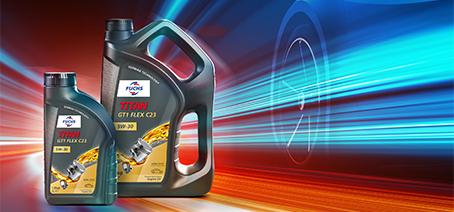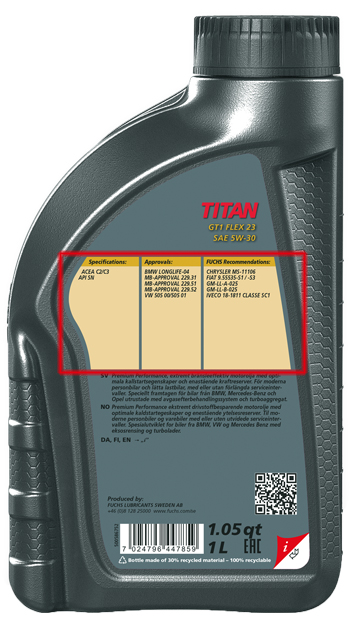Specifications, approvals and recommendations
Find the right oil for your workshop
You’re probably wondering which engine oil best suits you customer’s vehicles. Many engine oil manufacturers claim that their products are approved by OEMs.
But pay close attention to three key features to check whether an engine oil is OEM approved:
Specifications
General: Physical and chemical properties alone are not enough to choose the right lubricant for an application. Careful engine and bench testing is therefore conducted to verify and report on a lubricant’s performance. These requirements are reflected in delivery instructions, manufacturer approvals and specifications.
A specification defines the requirements on the lubricant, describing both the physical and chemical properties which the test procedures cover.
Independent global organisations define engine oil performance in their specifications. Only when engine oils have met specific criteria are they designated a specification, such as ACEA and/or API.
Approvals
Vehicle manufacturers, or OEMs, around the world check how suitable different engine oils are for their engine types. Each OEM issues a separate approval for these engine oils, which undergo extensive testing.
You can identify an engine oil suitable for Mercedes-Benz engines, for example, by the designation: “MB approval 229.51”.
An OEM approval, such as MB approval 229.51, means that the manufacturer approves the oil for use, and has confirmed this in writing with the lubricant manufacturer, or has issued a licence number.
This means that a reputable lubricant manufacturer can always document and certify approvals from different OEMs.
Recommendations
Responsible lubricant manufacturers also provide recommendations based on comprehensive vehicle tests and development partnerships, and clearly state that these are their own recommendations on packaging and product data sheets.
This might also interest you

Easy to choose, easy to use
The range of oils for the automotive industry is huge. When it comes to oil for your vehicle, you don’t want to spend a lot of time researching or dealing with complex labels and descriptions. Instead, you want all relevant information at a glance. And you want a product that’s easy to use and to pour.

Put the pieces in the right place
ACEA, API and OEM requirements. It’s all about oil specifications. In other words, requirements that are important, but sometimes perceived as awkward. But it is possible to meet these requirements, while also simplifying handling and saving costs. The key to success is to put the pieces in the right place!
Where on a FUCHS label can I find the specifications, approvals and recommendations?

All products in the FUCHS range are clearly marked, and as you can see in the TITAN GT1 FLEX 23 SAE 5W-30 example, we list specifications, OEM approvals and FUCHS recommendations in the appropriate way. This means that you can quickly and reliably find exactly the right oil for your vehicle.